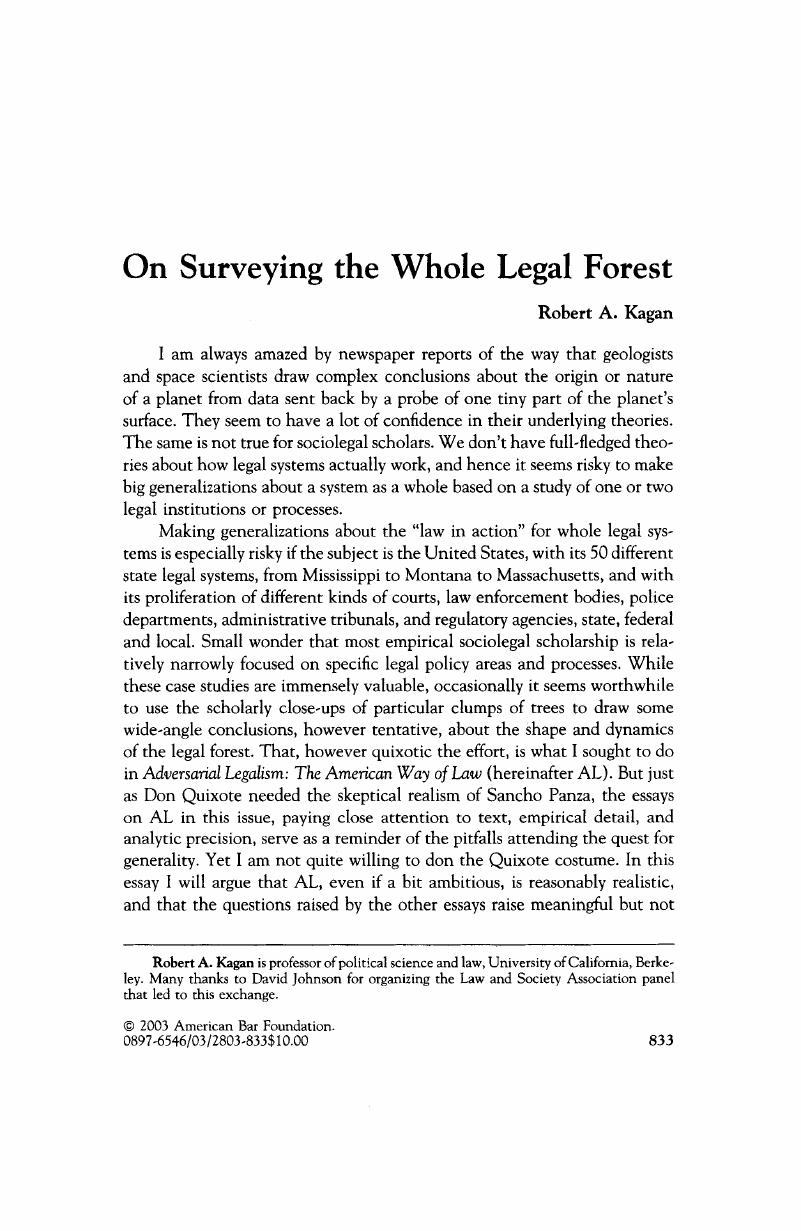Crossref Citations
This article has been cited by the following publications. This list is generated based on data provided by Crossref.
Schranz, Mario
and
Vonwil, Matthias
2006.
Demokratie in der Mediengesellschaft.
p.
25.
Alexander, Elizabeth A.
2012.
The Effects of Legal, Normative, and Cultural-Cognitive Institutions on Innovation in Technology Alliances.
Management International Review,
Vol. 52,
Issue. 6,
p.
791.
2024.
Negotiating Legality.
p.
10.



